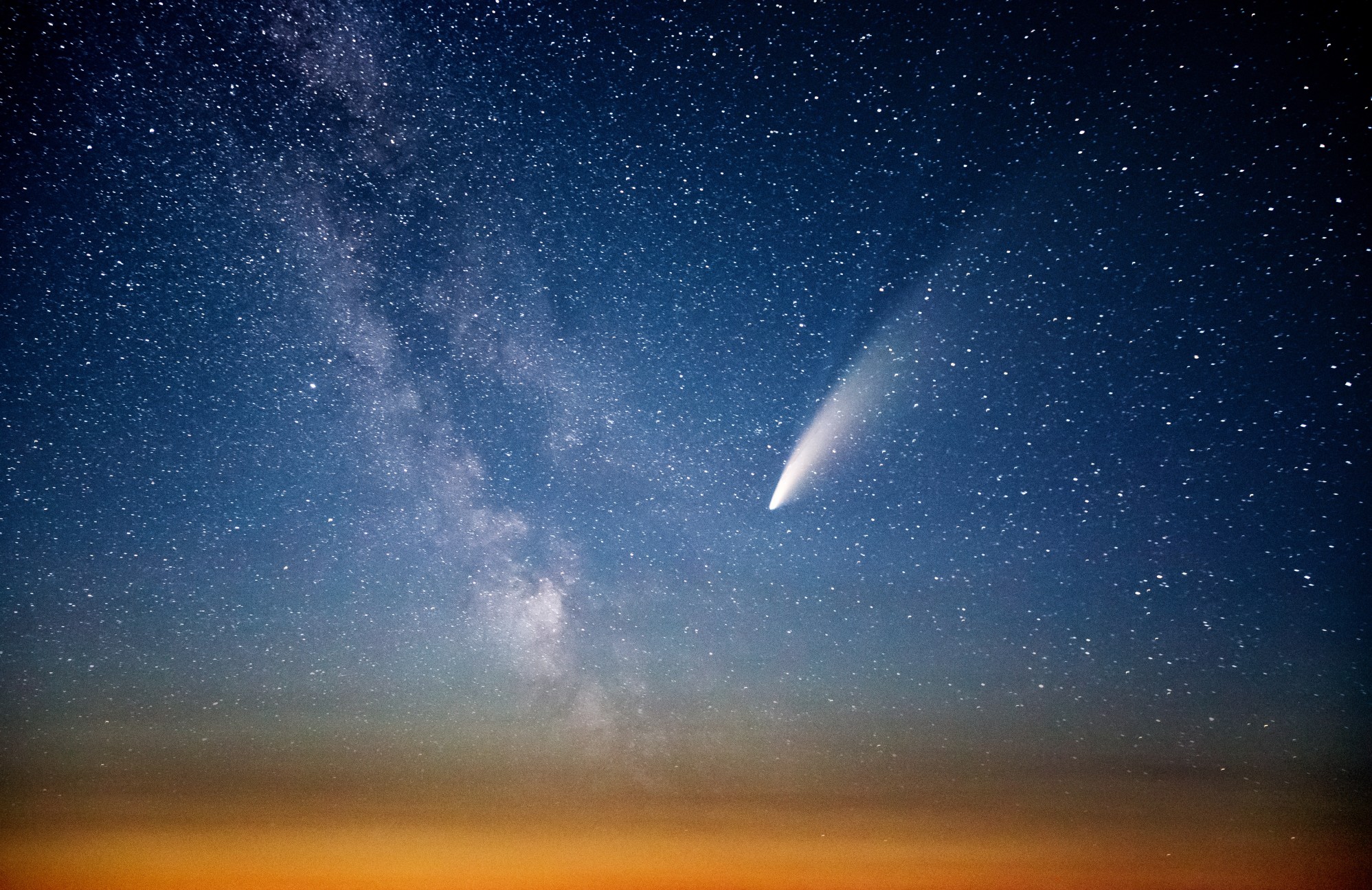
Heavy Rain, Flooding, and Chance of Severe Weather Staring Down the Southern U.S.
January 22, 2024
Posted: July 14, 2022 12:39 pm





Summer stargazers should be preparing their telescopes for the passing by of a recently discovered comet. PanSTARRS, just discovered five years ago, is slated to pass by the earth on July 14, 2022. EarthSky predicts the comet will encounter the sun on December 19 of this year.
Known as Comet C/2017 K2, PanSTARRS has been hurtling toward the sun for millions of years. When it passes by the earth on Thursday, PanSTARRS will be approximately 168 million miles from the earth. Binoculars or a regular telescope can be utilized to see the comet as it passes by our planet.
PanSTARRS is considered a “megacomet,” and skywatchers are encouraged to look for “a six-inch coma” when attempting to view the comet. Earthsky predicts that PanSTARRS will have a magnitude of 7 by the time it passes by the earth.
The comet is the second-largest comet ever recorded; it measures at eleven miles in diameter. Only Comet Bernardinelli-Bernstein is larger, measuring sixty miles across.
Unlike Comet NEOWISE, Come C/2017 K2 will not be as prominent. NEOWISE was visible to the naked eye. However, Comet C/2017 K2 has already been photographed by some astrophotographers, and even the most amateur of astrophiles should be able to see the comet with the help of a decent telescope. Skywatchers can expect to see Comet C/2017 K2 as a green, fuzzy star. Those with a long-exposure photo lens may be able to see the tail of the comet.

The weather could have an effect on whether viewers are able to see the comet clearly. Those wishing to view Comet C/2017 K2 should make sure the sky is cloud-free and that they can see the southern sky clearly. Skywatchers should look above the constellation Scorpio. This block of stars typically rises shortly after sunset in the Northern Hemisphere.
The best skymarks for astrophiles is between the moon and the Arcturus star. Use these two reference points to see the comet PanSTARRS. July 14 won’t be the exclusive date that one may view Comet C/2017 K2, but the comet will appear to drift down near the top of the Scorpio constellation.
Should skywatchers miss the July 14 appearance of the comet PanSTARRS, there will be other opportunities to see a different comet. The trajectory of the comet PanSTARRS will be moving slightly away from the earth after July 14, but in early 2023, people using a telescope should be able to see Comet C/2022 E3 (ZTF) as it passes by the planet.
At press time, astronomers are unsure of the brightness of Comet C/2022 E3 (ZTF). On one hand, ZTF could be as bright – or brighter than PanSTARRS. If this is the case, skywatchers may be able to see Comet C/2022 E3 (ZTF) with the naked eye. However, if the comet is further from earth than PanSTARRS, astrophiles may still be able to use a telescope to see the comet.
Did you find this content useful? Feel free to bookmark or to post to your timeline for reference later!

January 21, 2024

January 19, 2024

January 18, 2024